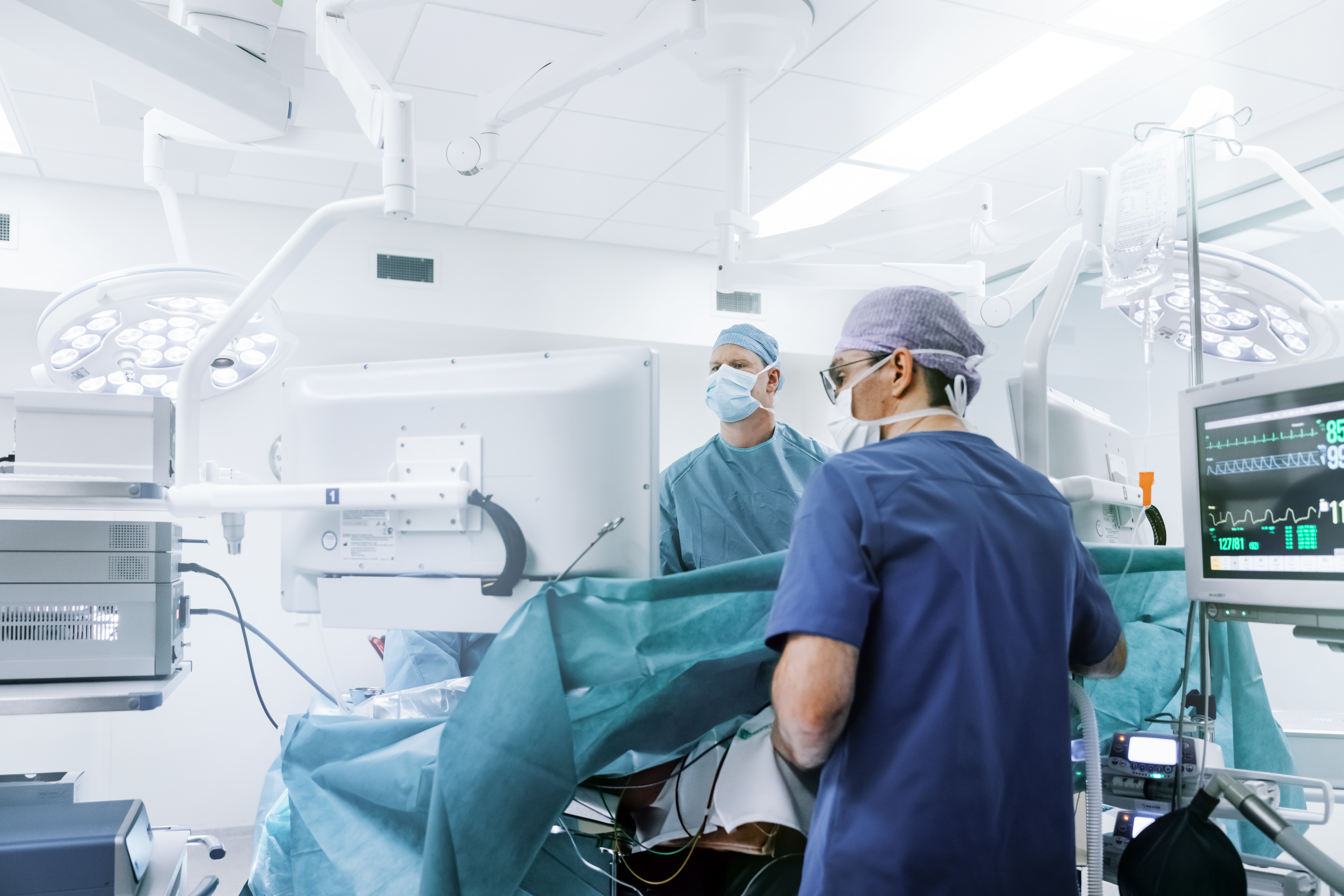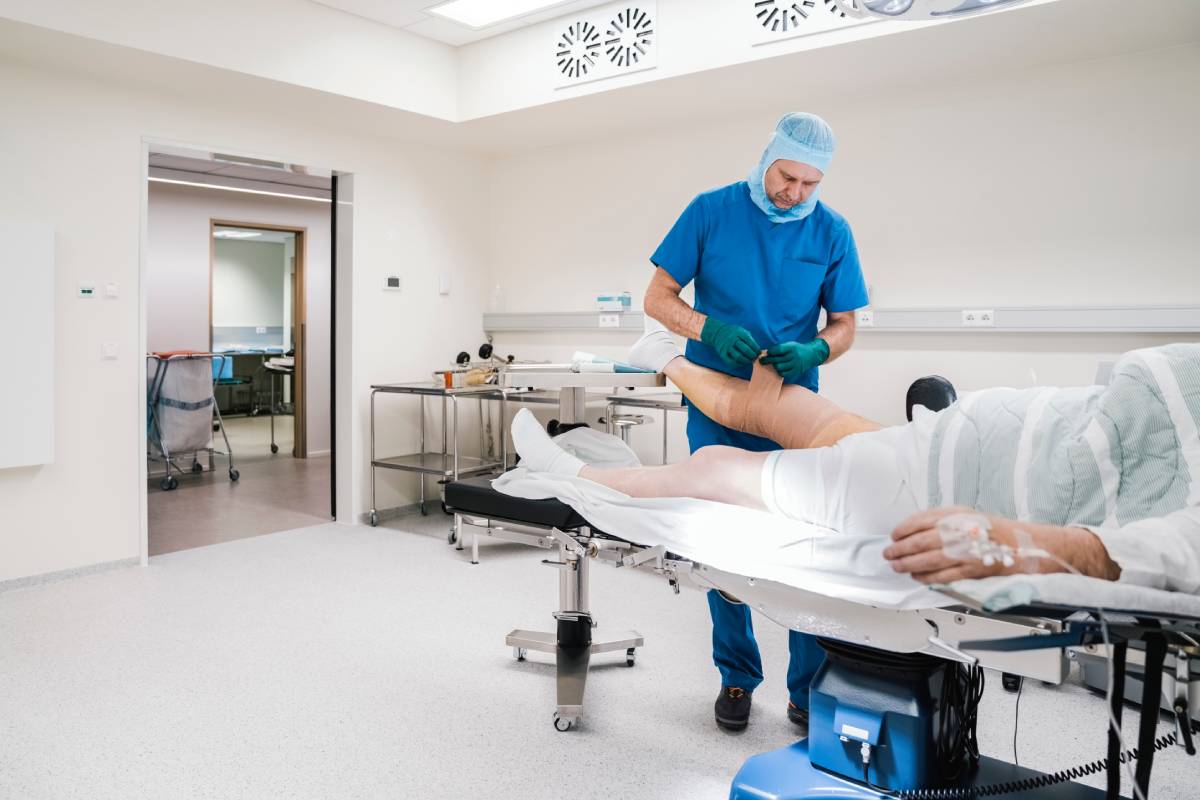
Laparoscopic adrenalectomy for pheochromocytoma is a preferred surgical method due to its minimally invasive nature and associated rapid recovery. However, this procedure poses unique challenges, primarily due to the risk of intraoperative hemodynamic instability. Understanding the causes and effective management of these fluctuations during surgery is crucial for improving patient outcomes and ensuring the safety of the procedure.
Understanding Pheochromocytoma
Pheochromocytoma is a rare tumor of the adrenal glands that secretes excess catecholamines—hormones that significantly influence heart rate and blood pressure. The primary challenge in managing a patient with pheochromocytoma arises from these extreme and unpredictable changes in catecholamine levels, which can lead to severe hemodynamic instability during surgical manipulation of the tumor.
Hemodynamic Instability during Surgery
The main concern during a laparoscopic adrenalectomy for pheochromocytoma is the risk of sudden intraoperative blood pressure spikes and drops. These hemodynamic changes are predominantly triggered by the surgical manipulation of the tumor, causing a massive release of catecholamines into the bloodstream. Additionally, the insufflation of the abdomen with carbon dioxide to facilitate a better surgical view can exacerbate cardiovascular effects by increasing intra-abdominal pressure, which affects venous return and cardiac output.
Preoperative Preparation
Effective management of intraoperative hemodynamic instability begins well before the surgery. Preoperative preparation includes thorough cardiovascular evaluation and stabilization. Patients are often prescribed alpha-adrenergic blockers for at least 10 to 14 days before the surgery to control hypertension and normalize blood volume. Beta-blockers may also be added, but only after adequate alpha-blockade is achieved to prevent unopposed alpha-adrenergic receptor stimulation, which can lead to a hypertensive crisis.
Intraoperative Monitoring
Advanced hemodynamic monitoring is crucial during the surgery. Standard monitoring includes continuous electrocardiography (ECG), direct arterial blood pressure monitoring, and central venous pressure assessment. These measures allow for the immediate detection of hemodynamic changes and facilitate swift interventions. In some cases, additional monitoring techniques such as transesophageal echocardiography can be employed to provide real-time information on cardiac function and volume status.
Anesthetic Management
The choice of anesthesia is critical in managing patients with pheochromocytoma. Anesthetic agents that minimize catecholamine release or have minimal effects on cardiovascular stability are preferred. Volatile anesthetic agents, which can stabilize the myocardium against catecholamine-induced dysrhythmias, are often used. Effective pain management intraoperatively and postoperatively is also crucial to prevent pain-related catecholamine surges.
Pharmacological Interventions
Rapid-acting vasodilators and vasopressors are essential components of the pharmacological arsenal needed to manage blood pressure fluctuations during the operation. Sodium nitroprusside is commonly used due to its quick onset and easy titration properties, which helps manage hypertensive episodes. For hypotensive phases, agents like phenylephrine or norepinephrine are employed to maintain adequate perfusion pressure.
Surgical Technique
The surgical technique also plays a significant role in managing hemodynamic instability. Minimizing tumor manipulation and using precise and controlled movements can reduce the risk of excessive catecholamine release. The laparoscopic approach itself, with smaller incisions and reduced tissue disruption, helps reduce the overall surgical stress on the patient compared to open procedures.
Postoperative Care
Postoperatively, patients need close monitoring as the abrupt cessation of catecholamine secretion post-tumor removal can lead to severe hypotension. Intensive care settings are ideal for postoperative management, where continuous monitoring and timely pharmacological support can be provided until the patient’s condition stabilizes.
Conclusion
Managing intraoperative hemodynamic instability during laparoscopic adrenalectomy for pheochromocytoma involves a multifaceted approach encompassing preoperative preparation, sophisticated intraoperative monitoring, careful anesthetic management, meticulous surgical techniques, and vigilant postoperative care. By understanding the complexities of pheochromocytoma and employing comprehensive management strategies, healthcare providers can significantly enhance patient safety and surgical outcomes. This proactive approach ensures that the benefits of minimally invasive surgery can be safely extended to patients undergoing this high-risk procedure.

